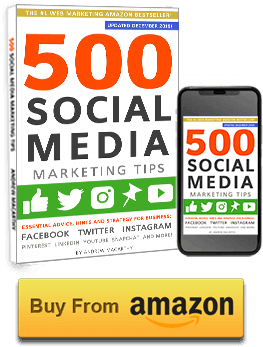The "very grateful to be waking up this morning" portion of Pippa's tweet should have been the first signal to Sinclair Volkswagen that her hunt for a new car wasn't being undertaken in the most positive or circumstances, and that some tact might be necessary in handling any interaction. If that didn't work (and it didn't), her reply to its friendly (and kind of promotional) approach - the first of any contact it had made - definitely cleared that up.
I must clarify that I'm positive Sinclair Volkswagen did not mean to cause any offence with its tweet and is no way a reflection of it as a brand as a whole, and I'm sure a simple and sincere apology to Pippa's reply to them would be more than enough to settle the matter. However, this example does demonstrate - as we see over and over again - how easy it for brands to cause upset on social media, especially if the necessary context is not sought beforehand, or if an eagerness to interact with customers is detrimental to the quality of the message sent.
Perhaps it's the inherent speed of communication on social media is also to blame; it's conditioned us all to reply to messages (both in our personal and professional circles) as soon as humanly possible, and to expect the same attention from others when we message them.
Many marketers, including myself, advise that brands shouldn't leave customers hanging on social media while they wait for a response, or to pro-actively find them, but the example above reminds us that it always pays to take a step back to evaluate the situation in the first instance. No matter how well-intentioned a speedy response, one angry customer can cause an unexpected wave of negative publicity that no company wants to have to deal with.
Have you ever "tweeted before you think" or are you always careful to understand a customer's situation before you reply? Leave a comment to let me know.





